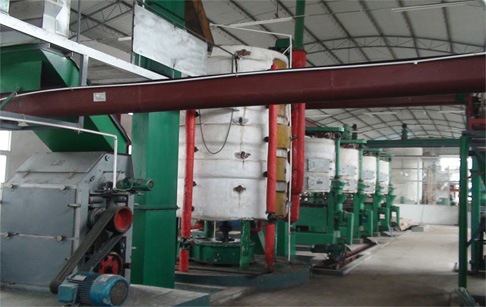
For small- to mid-scale sunflower oil producers aiming to meet global food safety standards—especially those targeting premium markets like the EU, North America, or the GCC—it's critical to understand how refining impacts both quality and profitability. Even minor deviations in process parameters can lead to off-flavors, discoloration, or non-compliance with ISO 5554 or Codex Alimentarius specifications.
During crude sunflower oil extraction, several contaminants remain: free fatty acids (FFA), phospholipids, pigments (like chlorophyll and carotenoids), and trace metals. According to a 2023 study by the International Society of油脂 Chemists, FFA levels above 1.5% significantly increase oxidation risk during storage—a major concern for shelf-life claims in export markets.
| Impurity Type | Impact on Oil | Recommended Removal Method |
|---|---|---|
| Free Fatty Acids (FFA) | Increased acidity, reduced smoke point | Alkali neutralization (alkali treatment at 60–70°C) |
| Phospholipids | Foaming, emulsification, poor filtration | Water degumming + acid treatment |
| Pigments | Unstable color, consumer rejection | Activated carbon or clay adsorption |
In practice, many operators rely solely on chemical methods such as caustic soda refining without optimizing temperature or time. However, excessive alkali usage can degrade tocopherols—natural antioxidants that contribute to oxidative stability. One factory in Ukraine reported a 12% drop in vitamin E retention when using 0.5% NaOH instead of 0.3%, based on HPLC analysis.
Physical refining (dry bleaching + steam stripping) is preferred for high-quality oils destined for health-conscious consumers. It preserves more nutrients and avoids soapstock waste. In contrast, chemical refining (wet degumming + alkali neutralization) remains cost-effective for bulk commodity-grade oil—but requires stricter control over pH and temperature.
“The key isn’t choosing one method over another—it’s aligning your refining strategy with your target market.” — Dr. Lena Müller, Food Technologist, German Institute of Oil Research
A case study from a Turkish processor shows that switching from full chemical to hybrid refining (water degumming + physical bleaching + short-path distillation) improved yield by 3.2% while reducing FFA from 1.8% to 0.3%. The change also allowed them to label their product as "cold-pressed" despite being thermally processed—thanks to better nutrient preservation.

Equipment maintenance shouldn’t be overlooked. A survey of 45 oil plants in Eastern Europe found that those with monthly cleaning schedules had 40% fewer batch failures due to residue buildup compared to those cleaning quarterly.
Ultimately, successful refining isn't just about passing lab tests—it's about building trust with buyers who demand consistency, transparency, and compliance. Whether you're producing for local supermarkets or international B2B clients, mastering these nuances separates average producers from leaders in the edible oil space.
Get our free downloadable checklist: “Top 10 Refining Adjustments That Boost Yield & Compliance”
Download Now →
